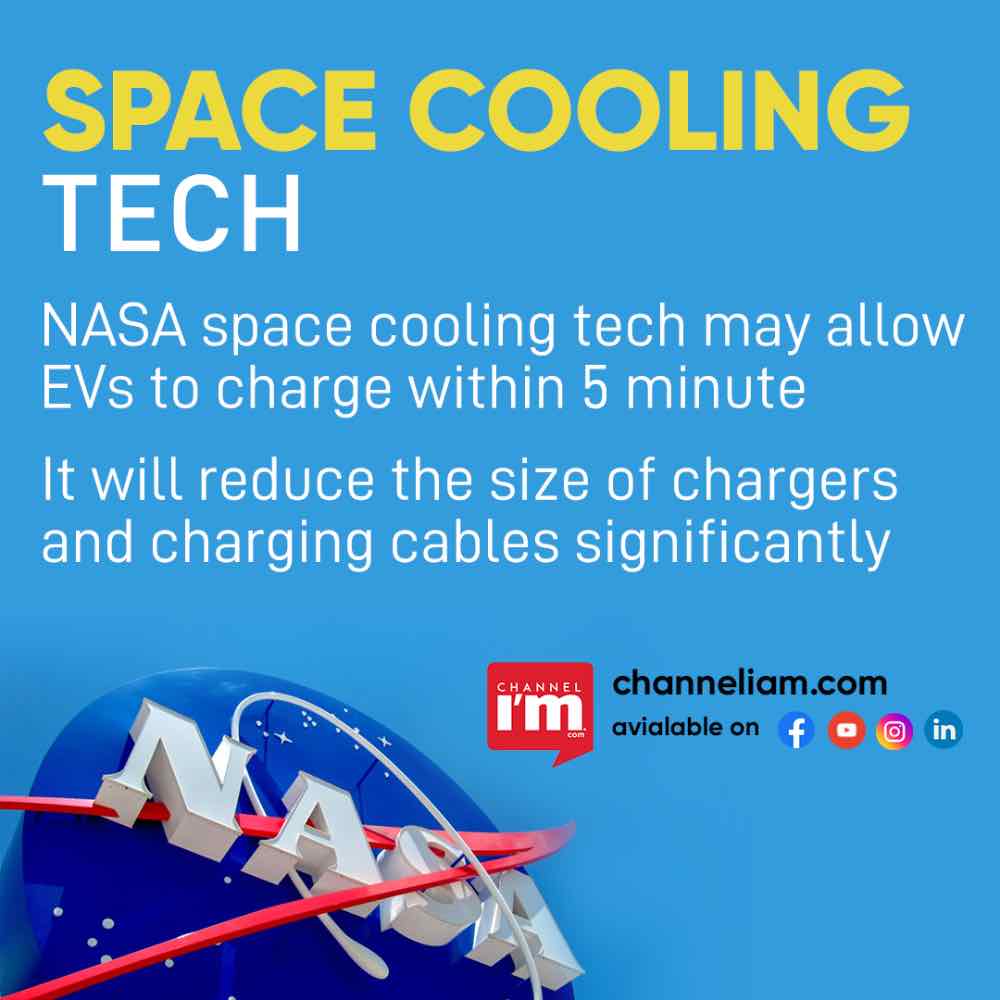
The charging times for electric vehicles have been reduced by their makers. One disadvantage of EVs is their longer charging times. Overheating of batteries is the biggest barrier to EVs receiving faster charging. However, the National Aeronautics and Space Administration (NASA) thinks that its new space-cooling technology could speed up the five-minute charging of EVs.
The Flow Boiling and Condensation Experiment (FBCE), created by NASA scientists last year in an effort to investigate two-phase fluid flow and heat transmission systems. Future NASA missions will need advanced cooling systems, therefore the FCBE assessed the practicality of subcooled flow boiling, one of the more promising ones.
As a result, Purdue University researchers discovered that they could eliminate up to 24.22 kilowatts of heat. This enables the new charging cable to offer up to 2,400 amperes in charging potential, which is magnitudes more than the 350 amperes provided by commercial chargers and roughly the 120 amperes of home EV chargers. This is nearly twice as much as the 1,400 amperes needed to charge an EV in five minutes.
Using this technology can drastically reduce the size of chargers and charging connections in addition to speeding up EV charging. This may make it possible to build up additional charging stations, overcoming two major obstacles to the adoption of EVs on a global scale.
